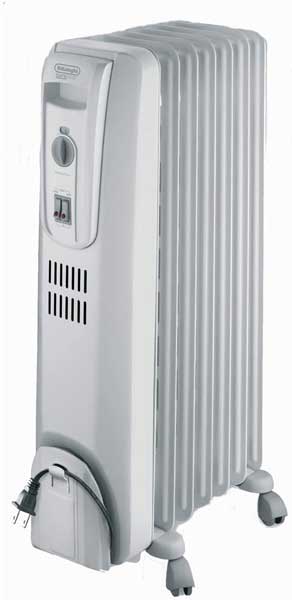BTU= British thermal unit, defined as the amount of energy it takes to raise one pound of water one degree F. The rate of heat being delivered by heating systems and sub components uses BTUs per hour.
The rate that heat is leaving your house is also usually expressed in BTUs per hour, to be able to match the heating equipment's output rate to the maximum needed to keep the house at temperature.
The heat loss rate from the house goes up roughly linearly with the difference between indoor and outdoor temperatures. For example, if you're keeping it at 70F indoors, when it's 40F outdoors there is a (70F - 40F=) 30F difference, and when it's 10F outdoors (70F -10F =) 60F temperature difference. That 60F difference at +10F outdoors is twice what it is at +40F outdoors, and the rate at which heat is leaving your house is roughly twice as much.
Wind chill is a meaningless number as far as these estimates are concerned. While heat loss from air leakage goes up somewhat with wind speed, it is nowhere near as rapid as how wind affects the speed at which exposed human skin freezes, which is what wind chill is trying to estimate. The only relevant number is the raw outdoor air temperature, since the house isn't human and doesn't have warm skin to expose. The temperature of the siding and heat loss is really about the same when it's calm as when there is a 25 mph wind.
A typical brand new fully up to code 1500' house will have heat loss between 18,000-22,000 BTU/hr @ 0F outdoors. A older but tight 2x4 framed 1500' house with clear glass double panes and no foundation insulation can be close to twice that, but with some retrofit air sealing & insulation and window upgrades can usually be brought under 25,000 BTU/hr.
Without knowing anything about your house other than you recently acquired it doesn't really help figuring out if 60' of baseboard is the appropriate amount of heat emitter, but the higher the boiler temp, the more heat you can get out of what's there.
Just as with the rate of heat loss from your house goes up with temperature difference, the rate of heat emitted from radiators changes with the difference between the average water temperature and the room temperature. Most specification tables for baseboards & radiators assume it's 65F near the floor, so when the average temperature of the water is 120F, it's a 55F difference, and when the average temperature of the water is 175F it's a 110F difference, emitting twice as much heat. The boiler's output temperature is higher than the average water temperature, since the heat being emitted by the zone lowers the temperature. The last foot of baseboard is typically 10-20F cooler than the first section of baseboard, and emitting less heat. The higher the entering water temperature, the more heat is being emitted, and the bigger the difference between the first and last foot of baseboard on the. The entering water temperature at the baseboard is pretty close to the boiler's output temperature, but for estimation purposes assume the average water temperature is 10F cooler than the boiler when running the boiler at 150F or higher.
The section of vent pipe in the picture is very clearly metal- tap on it to hear what it sounds like. Or put a magnet on it, see if there is any attraction at all (some stainless alloys would have only a weak interaction with a magnet, but it's usually at least some.) Then go outside and see what it looks like on the exterior.
Nothing about the installation is too confidence inspiring. I appears as if there has been exhaust condensation leaking through the joint onto the top of the boiler ruining the paint, and somebody may have tried to tighten up the seal with a wrap of aluminum foil. Natural gas exhaust is mildly acidic, and will always eat through aluminum foil or galvanized steel, but not stainless steel. It's time to have a pro take a look at it. The wadded up pink fiberglass insulation is also the spitting image of "worst practices", and it's not clear whether the vent pipe is even rated for contact with insulation (though it might be.)
In the mean time, buy yourself a $50 oil-filled electric radiator for auxilliary heat in the room where your husband spends the most time. Cold snaps come and go, but there is no point to suffering.
These are far preferable to those with fans or glowing orange elements, since the surface temps are reasonably well bounded making it harder to burn your house down with it. (Don't drape your soaked winter jacket over it to dry though.) Any of the building materials box stores or even Target/Wal-Mart type outlets will have a few models to choose from. As long as you limit it to 1500 watts most house wiring can handle it without a problem.
1500 watts in electricity terms translates to about 5000 BTU/hour in space heating capacity terms. That is more than enough supplemental heat to keep any room that is lagging in temperature up to temp while you figure out your boiler & radiation and house insulation/air-tightness issues.


